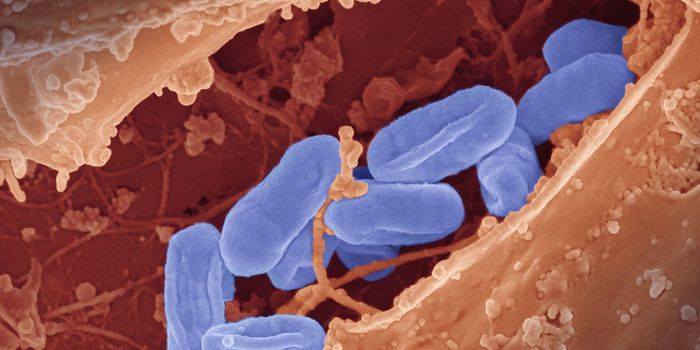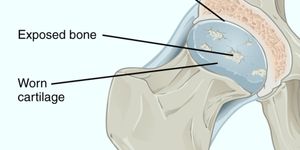Tick-Borne Diseases Are Rapidly Rising in the U.S.
Tick-borne diseases have significantly increased in the U.S. in the past few years. In 2016 there were 48,610 reported cases and in 2017 59,349; these numbers probably do not represent the total number of infections since tick-borne diseases remain underreported in the U.S. There are approximately 20 different infectious diseases carried by ticks including Lyme disease, babesiosis, Rocky Mountain spotted fever, and Powassan virus. Lyme disease has the greatest number of reported tick-borne infections in the U.S. with greater than 30,000 cases reported annually. Since 2004, there have been seven new tick-borne diseases discovered; however, the top five seen every year in the U.S. are: Lyme disease (35,000), Rocky Mountain spotted fever (2,500), ehrlichiosis (1,000), anaplasmosis (1,000), and babesiosis (250).
Environmental issues affect the numbers of ticks each year including rainfall, temperature, humidity, and host populations available such as mice. The densities of ticks can vary by county, state, and region, state, and the number of cases reported may vary depending on healthcare provider awareness, testing, and reporting practices. However, it is estimated that only about one-tenth of cases are reported to local and state health departments or the CDC. Funding for research and surveillance programs that will improve diagnosis, treatment, and prevention of tick-borne diseases lags behind other infectious diseases.
An example of the lack of funding is described in Schnirring's article, "Task Force Spotlights US Tick-Borne Disease As Cases Set Records." "In 2016, the 36,429 estimated number of Lyme disease cases—thought to be an 8- to 12-fold underestimate—wasn't much smaller than the 38,782 HIV/AIDS cases reported the same year. However, 2017 fiscal year funding for Lyme disease efforts at the National Institutes and Health (NIH) and the CDC, at $39 million, were a tiny fraction of the roughly $3.8 billion budget the two agencies had to work on HIV/AIDS."
The debilitating symptoms of these diseases often require extended treatment regimens that rack up large medical bills not reimbursed by health insurance companies. Adm. Brett Giroir, MD, HHS assistant secretary for health stated, "Patients whose lives are devastated by ongoing effects of tick-borne illnesses are counting on emerging scientific research, evidence-based policy, and the healthcare establishment—including the federal government—to provide solutions."
The 21st Century Cures Act was passed at the end of 2016 by Congress to promote and develop new healthcare innovations that target a variety of public health problems, which includes tick-borne diseases. As a result, the secretary of the Department of Health and Human Services (HHS) formed a 14-member group in 2017 that would address specific priority areas including prevention, diagnosis, epidemiology, treatment, access to care, and patient outcomes. The HHS reported in a press release that the group recommends a multi-pronged response to address diseases that affects more than 300,000 Americans each year, with cases doubling since 2004."








